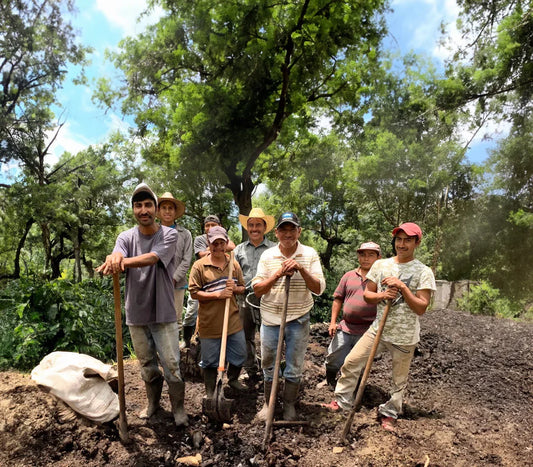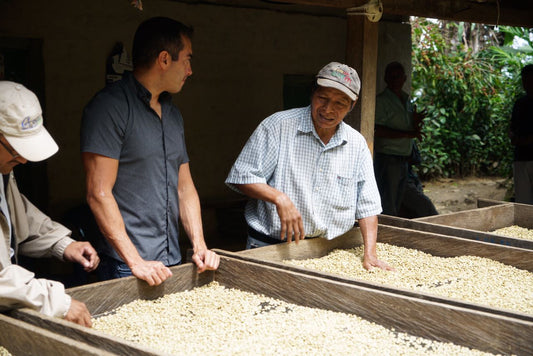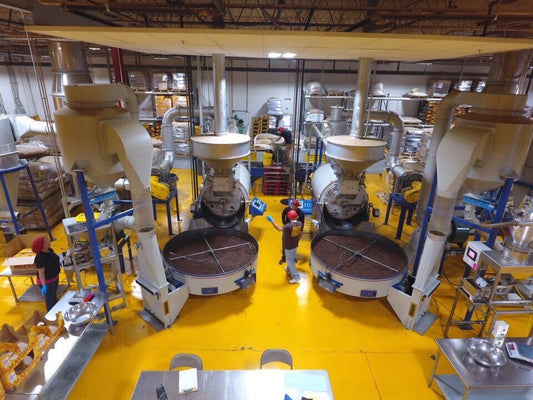
Más allá del español: explorando la Babel de América Latina
Todos sabemos que América Latina es una región de gran diversidad cultural y complejidad histórica. Sorprende, entonces, que tan a menudo se la asocie únicamente con el idioma español.
Por más común que sea, esta percepción pasa por alto la multiplicidad de lenguas que coexisten junto al español en los distintos países. Desde las antiguas lenguas indígenas hasta las posteriores influencias europeas, América Latina alberga una compleja matriz de variantes lingüísticas, que reflejan su herencia diversa y la resiliencia duradera de su gente.

Lenguas indígenas
Las lenguas indígenas de América Latina forman una parte importante del patrimonio lingüístico de la región,
Representan milenios de riqueza cultural. Según un estudio reciente del Atlas Lingüístico Latinoamericano , hoy en día prosperan en América Latina más de 400 lenguas indígenas distintas. Entre ellas, el náhuatl, el quechua y el guaraní son ejemplos notables de lenguas indígenas.
En México, el náhuatl es la lengua de los aztecas y sigue siendo hablada por un grupo de comunidades indígenas en los estados de Puebla, Veracruz, Hidalgo, Guerrero y San Luis Potosí. También existen comunidades de habla náhuatl en El Salvador, Honduras y Nicaragua.
Las lenguas nativas suelen conectar a las comunidades y grupos con sus antepasados y son un aspecto importante de sus tradiciones y preservación cultural. Rosa Hernández, hablante de náhuatl de Oaxaca, cree que su lengua nativa, el náhuatl, “me conecta con mis antepasados y me permite preservar nuestras tradiciones”. Estos sentimientos resaltan la importancia cultural de las lenguas indígenas, que dan voz a las raíces de las sociedades latinoamericanas.
Otro ejemplo es el quechua, una lengua hablada por millones de personas en Perú, Ecuador, Bolivia y Colombia. Su prevalencia está ejemplificada por Juan Solís, un hablante de quechua de Cusco, Perú, que considera el quechua como "un testimonio de nuestra supervivencia, una lengua que transmite nuestra historia y tradiciones a través de los siglos".
Existe una fuerte convicción de que el guaraní, lengua nativa del Paraguay, también representa la identidad nacional. Como afirma Ana Flores, hablante de guaraní de Asunción: "El guaraní representa nuestra identidad nacional, nuestro tesoro cultural que nos distingue de otras naciones".
Pocos discutirían que el reconocimiento y la preservación de lenguas indígenas como el náhuatl, el quechua y el guaraní contribuyen a una narrativa latinoamericana más inclusiva.

Lenguas afrolatinas
Más allá de las lenguas indígenas, las comunidades afrolatinas han conservado sus expresiones lingüísticas, mezclando léxicos africanos y europeos. En países como Cuba, República Dominicana
En la República Dominicana y Brasil, las lenguas criollas han surgido como testimonio de la resiliencia y las contribuciones culturales de la diáspora afrolatina. El criollo haitiano, hablado en la República Dominicana y Haití, es un ejemplo de esta fusión lingüística. Sonia Pierre, hablante y activista del criollo haitiano, sostiene que el criollo "encarna nuestra historia y la lucha por la igualdad, ya que se convirtió en la lengua de la unidad entre los inmigrantes haitianos".
En Cuba, una religión afrocubana conocida como santería ha dado origen al lucumí, una lengua que se utiliza en rituales espirituales. Al reflexionar sobre su importancia, Orlando Cepeda, un practicante de la santería, cree que la lengua los conecta con sus antepasados africanos y aporta significados espirituales a sus vidas.
En Brasil, los dialectos afrobrasileños de origen portugués se conocen como quilombolas. Eliana Silva, una artista quilombola de Salvador, Bahía, afirma que "nuestros dialectos preservan nuestra herencia africana, asegurándose de que siga viva y se celebre".
Influencias europeas y más allá
Si bien el español y el portugués dominan las lenguas latinoamericanas debido a los legados coloniales, otras influencias europeas han dejado su huella en la región. Las comunidades alemana, italiana y galesa, entre otras, han preservado sus lenguas ancestrales en América Latina.
En el sur de Brasil, los hablantes de alemán siguen celebrando su herencia cultural. Paulo Becker, un hablante de alemán de Blumenau, explica que la preservación de su lengua los vincula con sus raíces y sirve como recordatorio de los sacrificios que hicieron sus antepasados cuando llegaron por primera vez al continente. El italiano, traído por los inmigrantes a Argentina, Uruguay y Brasil, prospera en comunidades de estos tres países. Maria Rossi, una hablante de italiano de Buenos Aires, afirma que hablar italiano permite a la comunidad mantener una fuerte herencia italiana y, al mismo tiempo, ser orgullosos argentinos.

A menudo pasamos por alto la importancia del idioma como un hilo conductor que une a las comunidades y mantiene vivas las tradiciones. La multitud de idiomas, ya sean indígenas, afrolatinos o de influencia europea, que se hablan en América Latina hoy en día es un testimonio de la rica herencia cultural, la profundidad histórica y la resiliencia lingüística de su gente.
Al abrazar y celebrar las lenguas y los idiomas nativos, honramos la presencia estratificada de identidades, narrativas e historias que hacen de América Latina el tapiz de culturas que es hoy.


